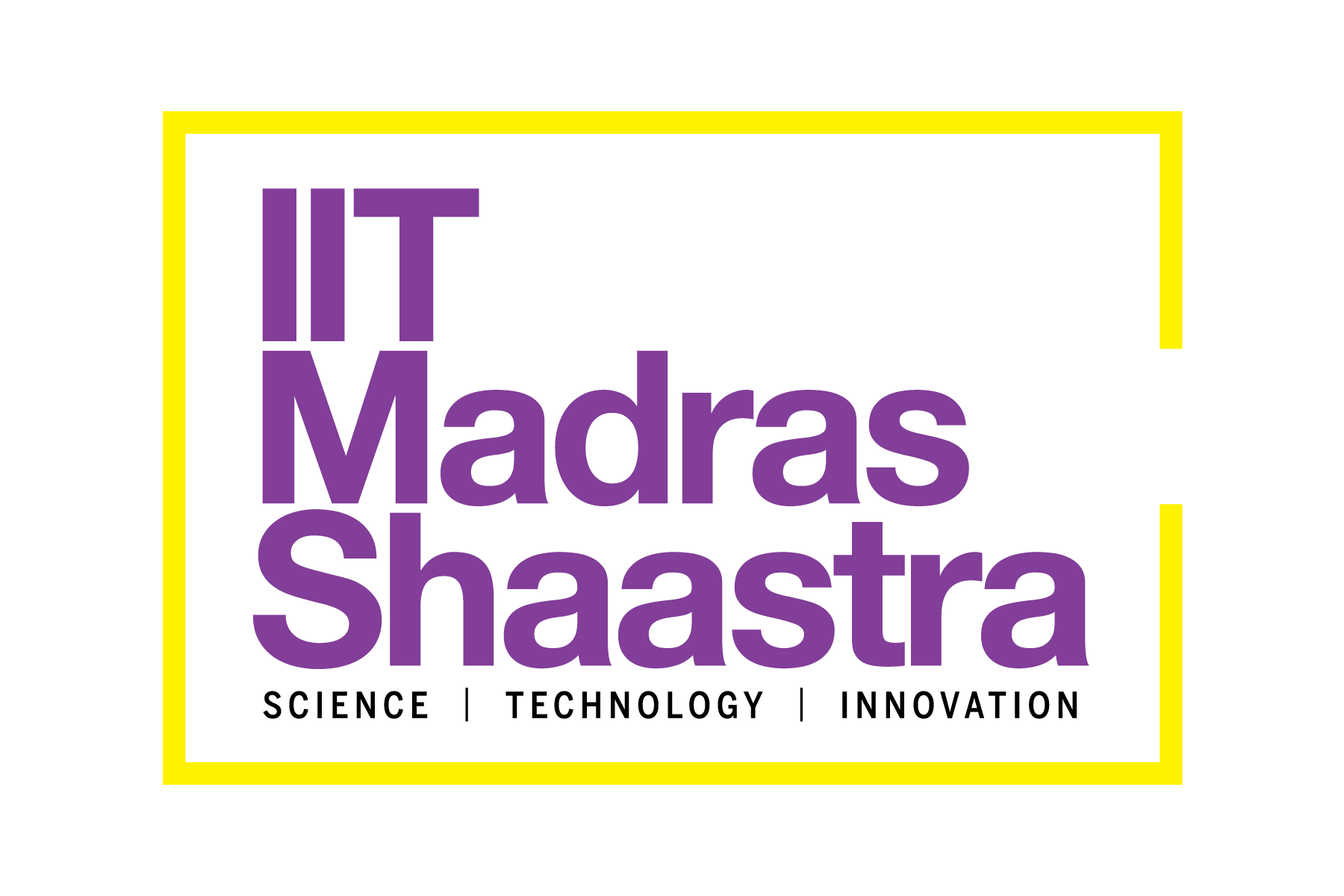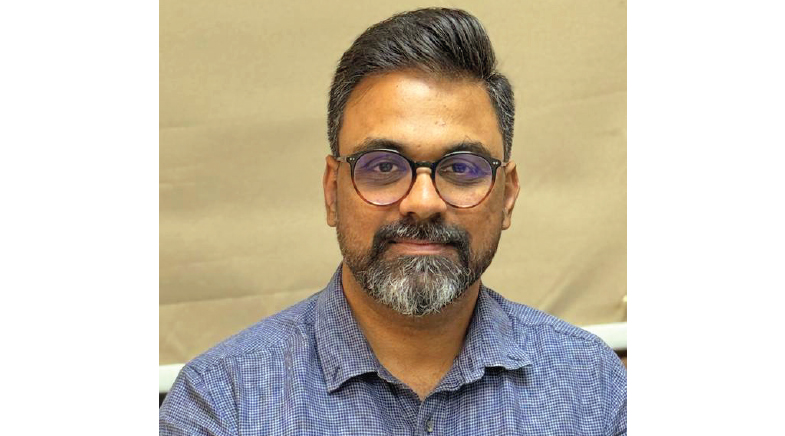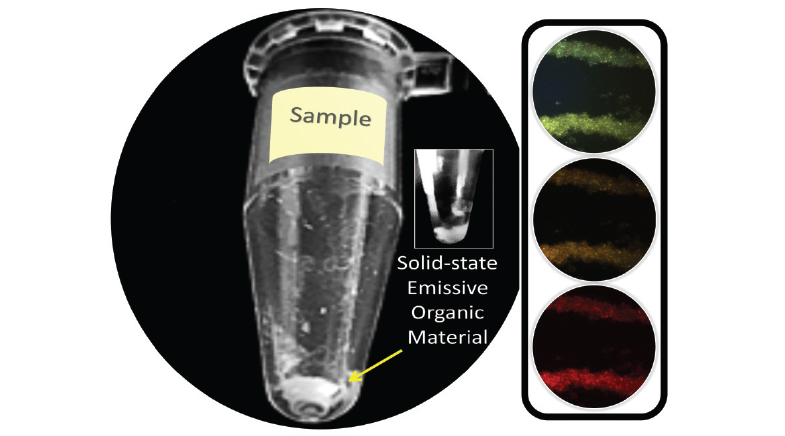Eggs to order
-
- from Shaastra :: vol 04 issue 07 :: Aug 2025

Digital advances in the fertility sector spell good news for would-be parents.
Keshav Malhotra pictures himself by the seaside, living life to the fullest. "I will chill on a beach while remotely monitoring my IVF (in vitro fertilisation) lab," the clinical embryologist says. Not immediately, though. Right now, he spends all day at his Agra-based clinic, Rainbow IVF, counselling couples on their route to assisted pregnancy, collecting sperm and egg samples, creating embryos by injecting sperm into eggs in a Petri dish, monitoring the growth of embryos, and then selecting the healthiest embryo for implantation in a would-be mother's uterus. But, he says, 10 or 15 years down the line, most of his work will be taken over by automation, and he will no longer be required at the IVF lab every day. That's when he plans to holiday by the sea.
India's IVF services market was valued at $800 million in 2022 and is projected to reach $4.6 billion by 2032.
A tech enthusiast, Malhotra has been modernising IVF care by introducing new technologies year after year at the family-run IVF clinic. In 2017, he purchased a sophisticated time-lapse imaging system for continuous monitoring of the embryos' growth in the lab. With this technology, his team can now capture any abnormal development in embryos that static microscopic images would not have captured. A successful pregnancy largely depends on selecting a healthy embryo, and time-lapse imaging enables researchers and clinicians to opt for the right one. In 2019, he introduced an electronic witnessing system that utilises RFID (Radio Frequency Identification) and barcode technology to ensure accuracy and prevent mix-ups, ensuring that the selected embryo is implanted in the womb. The system, he points out, increases trust, safety, and transparency in the IVF process.
As the lab needs a specific environment for the optimal growth of embryos, he installed a lab environment monitoring system in 2020 to help the team track the temperature, humidity, and the level of carbon dioxide and other gases in the lab on a mobile phone, obviating the need for round-the-clock, manual supervision. In 2021, his team began using an artificial intelligence (AI)-based system for embryo grading, which analyses embryo images using algorithms trained on data to predict which ones have the best chances of successful implantation, based on their morphology and other details. The lab has an AI system that highlights 'good quality' sperm in green and 'inferior' quality in red on a screen, to help in sperm selection, that is, helping to choose those most likely to lead to pregnancy. With these systems and technologies, the lab reports a 13% increase in pregnancy rates.
FERTILITY CONUNDRUM
According to the World Health Organization, one in every six people worldwide has experienced infertility at some stage of their life (bit.ly/infertility-worldwide). Because of the rising infertility rates, specialists such as Malhotra are in demand. Additionally, since the charges are relatively low in India compared to those in the West and IVF success rates are high, India has also emerged as a destination for couples from other parts of the world seeking to start a family. A report by Allied Market Research states that India's IVF services market was valued at $800 million in 2022 and is projected to reach $4.6 billion by 2032, a compounded growth rate of over 18% (bit.ly/IVF-demand-India). Over the years, incomes have increased and the cost of technology has decreased, boosting the medical procedure.
There is, however, a dearth of trained and experienced embryologists in IVF clinics. The most common IVF treatments, such as Intracytoplasmic Sperm Injection (ICSI), entail collecting eggs and sperm, combining them in a Petri dish to make an embryo, growing the embryo to a specific stage, and then transferring it to the mother's womb. The process requires experienced embryologists who can select the right egg and sperm based on visual appearance, and whose skilled hands can precisely inject the sperm into the egg without damaging either. They must make an informed decision when selecting a high-quality embryo for implantation.

Technology is now coming to their aid, with more and more IVF clinics and chains in the country — including Indira IVF, Nova IVF, Cloudnine Fertility, and Birla Fertility & IVF — introducing digital technologies to bring greater objectivity to their procedures and increase their success rates. The science of robotics also helps handle eggs and injects sperm into them with precise pressure, ensuring they are not damaged. Trained AI algorithms help personalise hormonal doses and injections for patients, as well as aid in the selection of the 'best' egg and sperm for implantation. Wearables enable couples to decide the suitable dates for intercourse to increase the chances of pregnancy.
While certain companies and start-ups are helping to automate the process partially, companies such as the U.S.-based Conceivable Life Sciences have developed fully automated, AI-controlled ICSI systems capable of performing all the steps required for fertilisation. Malhotra and other embryologists are using these technologies on a case-by-case basis, due to the costs involved, as adding each digital service increases the standard ICSI cost of ₹1.25-1.5 lakh by ₹15,000-20,000. However, as the cost of human labour increases and that of technologies decreases over the years, automation is expected to become cost-effective in the Indian IVF industry. Indian start-ups are already creating IVF solutions.

Consider Bengaluru-based SpOvum Technologies. Experienced in designing biomedical devices, the company's founders, Ramnath Babu and Santosh D.B. Bhargav — mechanical engineers and PhD holders from the Indian Institute of Science — studied whether devices could be developed in the fertility domain. They looked at fertility procedures and realised it was not easy to fertilise small-sized eggs and sperm because of the difficulty in holding them and injecting the sperm into the egg without damaging them. Embryologists have been handling eggs using an aspiration technique where they use suction to hold the egg through a pipette. The technique risks damaging the egg due to uneven or excessive suction pressure. So, the team developed a mechanical gripper — RoboICSI — that holds the egg as if it were clutching a balloon with two hands. This technique is gentler, reducing the risk of damage, and allows better control in manoeuvring the egg while injecting the sperm. Apart from the holder, the gripper also has sensors attached to it; these sensors provide additional information, such as the stiffness of the egg, which helps assess its quality and viability. The team set up SpOvum Technologies in 2017 to market this robotic solution and develop other products in the fertility sector.
Embryologists also spend considerable time and effort to track and immobilise a motile sperm so that it can be injected into an egg. To solve this problem, the SpOvum team developed a procedure to track and immobilise a motile sperm via a button-based controller. This technique reduces the time required by embryologists to conduct procedures and is thus more suitable for scaling business in busy IVF labs. The team also offers an end-to-end data collection and management system for assisted reproduction technology procedures through an IVF software that collects data from the time a patient walks in till the birth of the baby. This data collection exercise provides information on factors that positively or negatively impact the IVF outcome. The team is also working on an AI-based embryo grading system and has a presence in 52 clinics across India.
Malhotra says that integrating the different technologies from various companies poses a challenge. SpOvum wants to solve this issue. "Typically, there are 10 different providers, and each of them has its own software. So, typically, your data is sitting in silos," says SpOvum Technologies Director Bhargav. He adds that because of India's population numbers, investors are often surprised when he talks about rising infertility in the country, and the need for such products. "It is a compounding problem. If the fertility rate drops below 2, that means within three generations we will suddenly be struggling," he warns. India's total fertility rate is at present 2, according to the National Family Health Survey of 2019-2021 (bit.ly/fertility-India).
DIGITAL CHILD PLANNING
Digital products are not only being used in IVF clinics; they are also entering homes. Couples are now using smart home-based diagnostic tests to conceive. One such product is by Inito, a start-up established by Varun A.V. and Aayush Rai in 2015. Engineers by training, they were working at Siemens when they decided to set up a home-based diagnostics concern. Fertility looked like an untapped market, and they realised that ovulation kits available at that time were tracking a surge of a single hormone — Luteinising hormone (LH) — to suggest the best time for sex to increase the chances of pregnancy. Such kits, however, did not include information about a woman's menstrual cycle. Tracking a menstrual cycle is important due to the rise in irregular periods and other gynaecological disorders. Inito's team developed a quantitative product that tracks a woman's entire menstrual cycle, displaying the rise and decline of various hormones.

The team designed a proprietary 'Inito fertility monitor' consisting of strips, an optical reader, and an app. To use this, a woman needs to add her urine sample to the strip, insert it into the reader device, and plug the device into a smartphone. The app would show the level of hormones and interpret it, suggesting the best windows for conceiving a child. The strip has four test lines — one each for oestrogen, follicle-stimulating hormone, LH, and a progesterone metabolite, PdG. The intensity of these lines correlates with the concentration of these hormones. The optical reader devices capture high-resolution images of the test strips, which are processed for the hormone levels using computer vision technology. Rather than a standalone hormone-based ovulation test, this digital connection offers a particular benefit. "A connected product makes a lot more sense because you can upgrade your algorithms on the server and so the right functionality can keep evolving," says Varun.
Ten years down the line, when technology becomes more affordable, the IVF sector will likely move towards automation and eventually full automation.
The increasing amount of data is providing opportunities not only for diagnostics but also for infertility research. Deepak Modi at the Mumbai-based ICMR-National Institute for Research in Reproductive and Child Health is analysing vast amounts of genetic data to generate insights into fertility. In 2020, Modi, a geneticist by training, was working on correlating chromosomal microdeletions with male infertility when he realised that it was becoming difficult to carry out such a study using conventional statistical tools. So, Modi collaborated with Abhishek Sengupta, a researcher at Amity University, Noida, with expertise in machine learning (ML), for data analysis. Using ML, the team developed an algorithm and converted it into a web-based application — FertilitY Predictor — where the clinicians simply need to enter a patient's genetic data and chromosome deletions and the tool predicts the expected sperm retrieval rate, fertilisation rate, clinical pregnancy rate, and live birth rate in men with such chromosome microdeletions (bit.ly/fertility-predictor). The tool can help both clinicians and couples assess treatment.

Modi has now embraced AI in his research studies. He was part of a team that recently utilised AI to identify genes conserved in humans and cows during the early stages of embryo development. "With volumes of data coming in, I think AI should be there," he says. "But whether the outputs of AI are accurate or not will always be a question," he cautions.
With digital technologies advancing alongside fierce competition among labs in the sector, Malhotra believes that the IVF industry will shift towards AI in the next five years. Ten years down the line, when technology becomes more affordable, it will likely move towards automation and eventually full automation. However, he also asks clinicians to tread with care. He believes it is essential to monitor whether patients are achieving better outcomes with a specific technology. "Check the data behind the technology itself," he says.
Have a
story idea?
Tell us.
Do you have a recent research paper or an idea for a science/technology-themed article that you'd like to tell us about?
GET IN TOUCH














